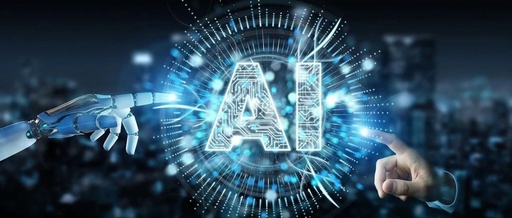Generative AI 2.0
Transforming From Content Generation to World Simulation
Recently, the AI community has become lively again! OpenAI’s newly released video generation model Sora has truly amazed everyone, capable of generating realistic 60-second videos, as if scenes from a sci-fi movie have been brought into reality. There’s also the highly anticipated GPT-5, which, although still in the rumor stage of development, has already filled everyone with boundless imagination about the future of AI. This has also shifted our focus to Generative AI 2.0, which is moving from simple “content generation” to a new stage of “world simulation,” initiating a far-reaching transformation.
Multimodal Capability: Breaking Boundaries, Fusion and Symbiosis
One of the core competitive advantages of Generative AI 2.0 is its powerful multimodal capability, achieving unified modeling of text, images, videos, and 3D. In the past, different forms of content were like isolated islands, but now Generative AI 2.0 has built bridges to connect them. For example, by inputting a text description, the model can not only generate corresponding images but also further transform them into dynamic videos and even construct 3D scenes.In the film industry, directors can quickly generate dynamic video storyboards from text descriptions, making shooting plans more intuitive and efficient;In game development, designers can input creative concepts and receive corresponding character models, scene visuals, and dynamic demonstrations, greatly shortening development cycles.This multimodal capability makes content creation more free and efficient, breaking down barriers between different media and opening a new door for creation.
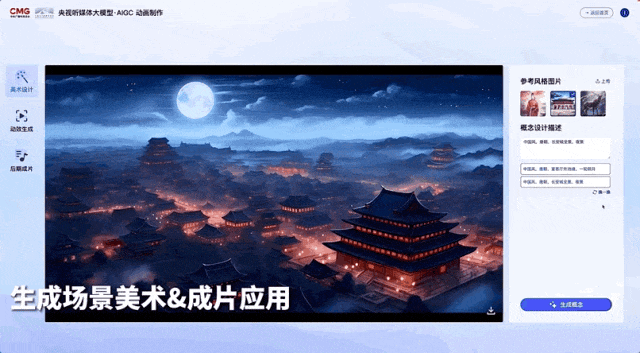
Images are sourced from the internet, please contact us for removal if there is any infringement.
Real-Time Interactive Reasoning: Intelligent Upgrade, Deep Dialogue
Real-time interactive reasoning is another highlight of Generative AI 2.0. Previously, AI interactions might have delays and limited reasoning capabilities for complex problems. However, now, AI can engage in real-time deep interactions with users, quickly reasoning and providing accurate, in-depth answers based on user questions and feedback.For instance, in virtual training scenarios, when medical students are performing surgical simulations, the AI system can monitor the operational steps in real-time, providing corrective suggestions for mistakes and giving detailed answers to students’ questions, as if a seasoned mentor is guiding them at all times. This real-time interactive reasoning capability transforms AI from a simple tool into a partner that can collaborate deeply with humans, greatly enhancing user experience and efficiency.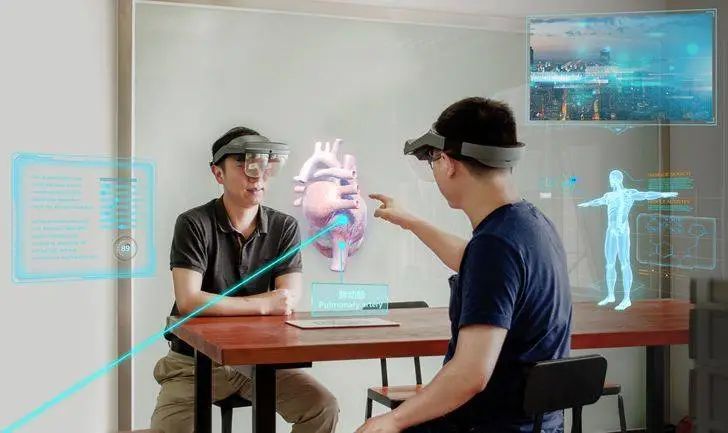 Images are sourced from the internet, please contact us for removal if there is any infringement.
Images are sourced from the internet, please contact us for removal if there is any infringement.
Commercial Scenarios: Flourishing in Multiple Areas, Unlimited Potential
Generative AI 2.0 has extremely broad application scenarios in the commercial field. The film industry can leverage it to significantly reduce production costs and improve the efficiency and quality of special effects production. For instance, the grand scenes and realistic monsters in some fantasy films, which previously required a lot of manpower and time to produce, can now be generated quickly with AI.
Game development is even more empowered, not only rapidly generating game assets but also using AI to design more challenging and interesting game levels. For example, in the development of “Genshin Impact,” if Generative AI 2.0 is used, everything from character design to scene construction can be completed in a shorter time, allowing players to experience new content more quickly.
In virtual training, besides surgical simulations, pilot simulation training in aerospace, and worker skills training in manufacturing can also utilize Generative AI 2.0 to create highly realistic virtual environments, reducing training costs and improving training effectiveness.
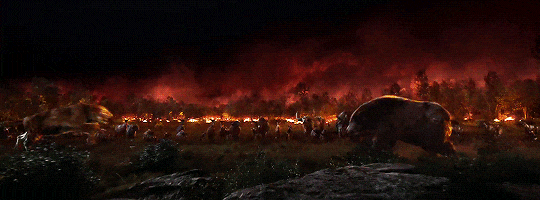 Images are sourced from the internet, please contact us for removal if there is any infringement.
Images are sourced from the internet, please contact us for removal if there is any infringement.
Controversial Focus: Rational Perspective, Regulating Forward
As Generative AI 2.0 develops, some controversies have arisen. The issue of copyright ownership has always been a focal point. Who owns the content generated by AI? Is it the developers of the training model, the users providing the data, or the AI itself? For example, if an AI generates a painting that incorporates a large amount of data from various artists’ works for training, how should the copyright of this painting be defined? Currently, there is no clear conclusion.
The risk of deep forgery cannot be ignored. AI can generate extremely realistic fake videos and audio, such as forged videos and voices of celebrities, which could be used for malicious purposes, misleading the public, and even affecting social stability. The “Deepfake” incidents in South Korea, which illegally synthesized obscene videos using generative AI technology, have sounded the alarm for us.
However, we cannot throw the baby out with the bathwater. In the face of these controversies, we need to establish comprehensive legal regulations and industry standards to regulate them. For instance, clarifying the principles of copyright ownership for AI-generated content, establishing strict usage norms for deep forgery technology, and imposing severe penalties for malicious uses of AI for deep forgery.
Generative AI 2.0 is changing our lives and work at an unprecedented speed, bringing both opportunities and challenges. We must fully leverage its advantages, actively explore more innovative applications, while also facing the controversies, and through regulated development, allow AI to better serve humanity and create a better future. What are your thoughts on Generative AI 2.0? Feel free to leave your comments and discuss!
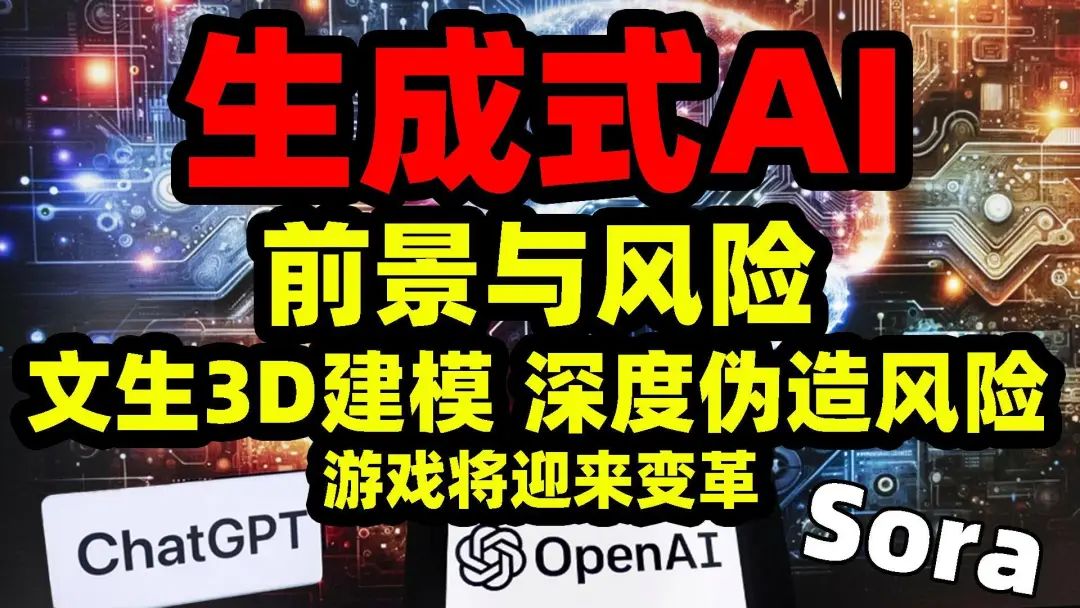
Images are sourced from the internet, please contact us for removal if there is any infringement.
